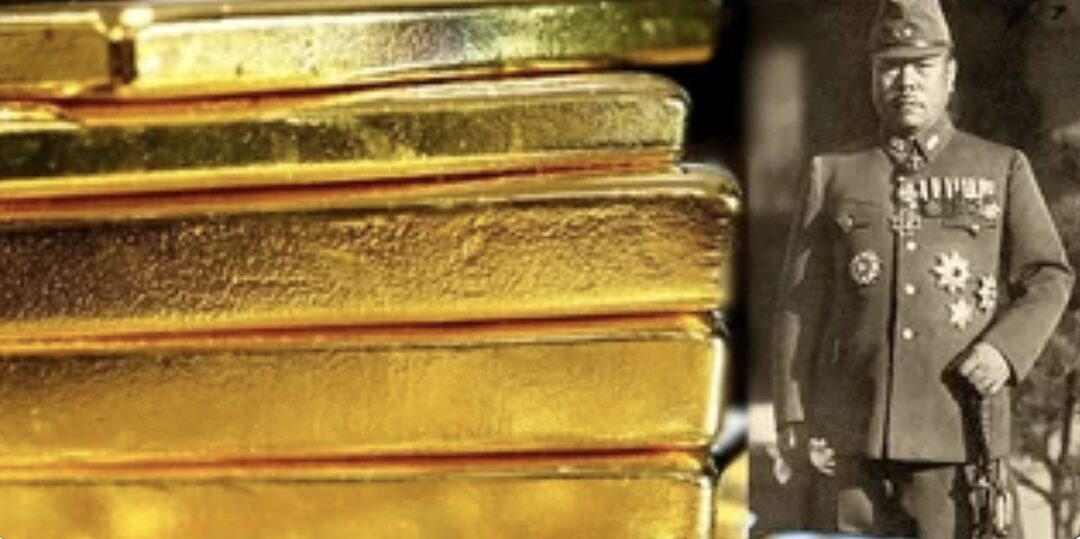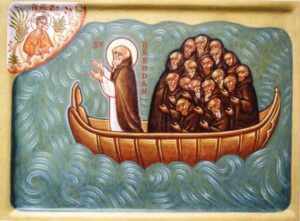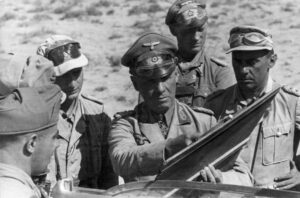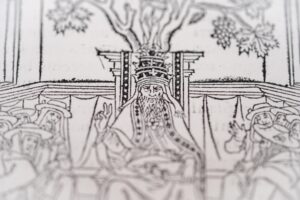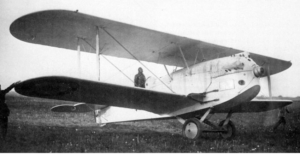General Tomoyuki Yamashita, also known as the Tiger of Malaya for his brutal military campaigns in Southeast Asia, commanded the Japanese Imperial Army in the Philippines toward the end of World War II. As the Japanese forces began to retreat in 1944-45, they took vast amounts of treasure from occupied territories in Asia, including the Philippines, Burma (Myanmar), and Malaysia, in a large-scale looting operation called Golden Lily, ordered by Emperor Hirohito’s brother, Prince Chichibu.
This treasure included money from bank vaults, gold bullion, silver, jewels, rare books, art, and ancient and religious artifacts. They came from 12 Asian nations and several Western countries, including the United States and the United Kingdom. Many of the Asian countries went bankrupt. Estimated at $100 billion, treasure hunters have searched high and low for it, even at the risk of incurring the wrath of a dictator decades later.
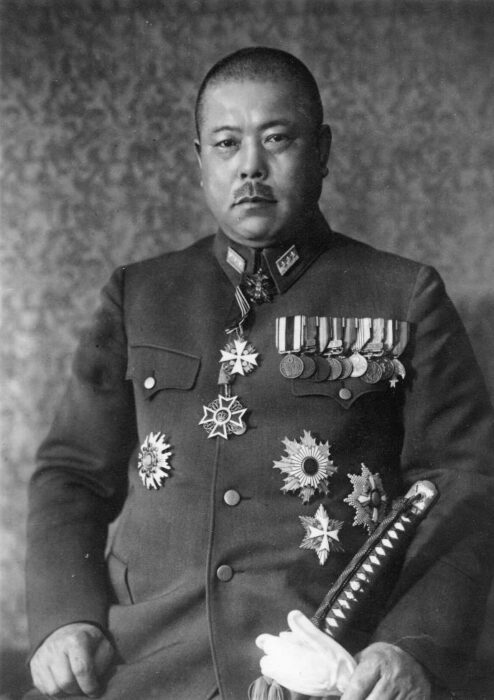
General Yamashita. Photo: CNTV
Transport to Japan
After the looting was complete, the Japanese Army melted the gold down into ingots for easy transport and concealment, making it difficult for investigators to trace the gold. Their original plan was to smuggle it back to Japan from the Philippines by boat. However, the game-changing Battle of Midway made the crossing too dangerous.
To prevent the treasure falling into Allied hands, it was rumored to be buried in jungles, caves, and tunnels throughout the Philippines — 175 sites in all. Yamashita also set elaborate traps for would-be robbers, including bombs and pressurized gas.
The plan was to hide it until the war was over, so the gold could help rebuild Japan. Yamashita created coded maps written in an almost extinct ancient Japanese dialect. To further conceal the location, diggers were shot.
With the Allies closing in, Yamashita had to hide the gold quickly. Legend states that he sealed the last treasure vault with workers still inside. He was eventually arrested by American forces in 1945 after the fall of the Philippines, tried for war crimes, and hanged. However, no substantial evidence linked him to the treasure’s burial, leaving the very question of its existence unresolved.
Possible locations
In the years following the war, treasure hunters began scouring the northern regions of Luzon. Here was the source of legends regarding Yamashita’s slaves and prisoners of war digging tunnels, after which they were sealed inside with the treasure.
Some also cite Manila, Corregidor Island, Cavite Peninsula, and Hinatuan Enchanted River as possibilities.
According to treasure-hunting blogger Adam Cochrane:
Numerous Golden Lily vaults were allegedly found by Edward Lansdale and Severino Garcia Diaz Santa Romana in caves north of Manila after Santa Romana (Santy) tortured Yamashita’s driver – Major Kojima Kashi — to obtain the probable locations of the loot. Using the treasure that was found by Seagraves and Santa Romana, the ‘M-Fund’ (176 “black gold” banking accounts in 42 countries created to support future United States military operations) was established.
Despite the rich detail, such reports are unofficial and have never been confirmed.
Enter Roger Roxas
A very poor but driven locksmith and amateur treasure hunter named Roger Roxas began looking for Yamashita’s gold from an early age. The gold consumed every aspect of his life, including his life savings. Eventually, he came into possession of a map from a Japanese soldier that contained the aforementioned code and ancient Japanese script with images of a tunnel system. However, it would be many years until another clue turned up.

Roger Roxas with the Buddha. Photo: Facebook
A man named Okubo, a former interpreter for the Japanese, told him that he witnessed gold being carried in boxes in the town of Baguio in the Cordillera Mountain Range. Before he could move forward with his search, Roxas ran into another problem: Ferdinand Marcos.
A dictator steps in
Marcos was the infamous Filipino dictator known for his brutality, greed, his very expensive wife, Imelda, and his ridiculous wealth. No one truly knows where and how he amassed such a fortune. Marcos himself searched for Yamashita’s gold during his time in power.
Even though Roxas tried to abide by the government rule of applying for a treasure-hunting license, this did not stop the dictator from targeting him to ensure he would get first dibs on the gold.
In 1971, Roxas made an actual discovery: boxes of gold bullion, a meter-tall Buddha statue filled with diamonds and 24 gold bars. The dictator heard of the discovery and had him imprisoned and tortured to reveal the location.
Eventually freed, Roxas filed a lawsuit against Marcos from Hawaii. Sadly, Roxas died of tuberculosis right before the trial, leading many to conclude that Marcos had him killed. This was further backed up by the refusal of officials to do an autopsy. But all was not lost: Roxas’s family got $6 million.
Yamashita’s gold still lies in jungles and inaccessible spots throughout the Philippines. But at least, we know it exists.
